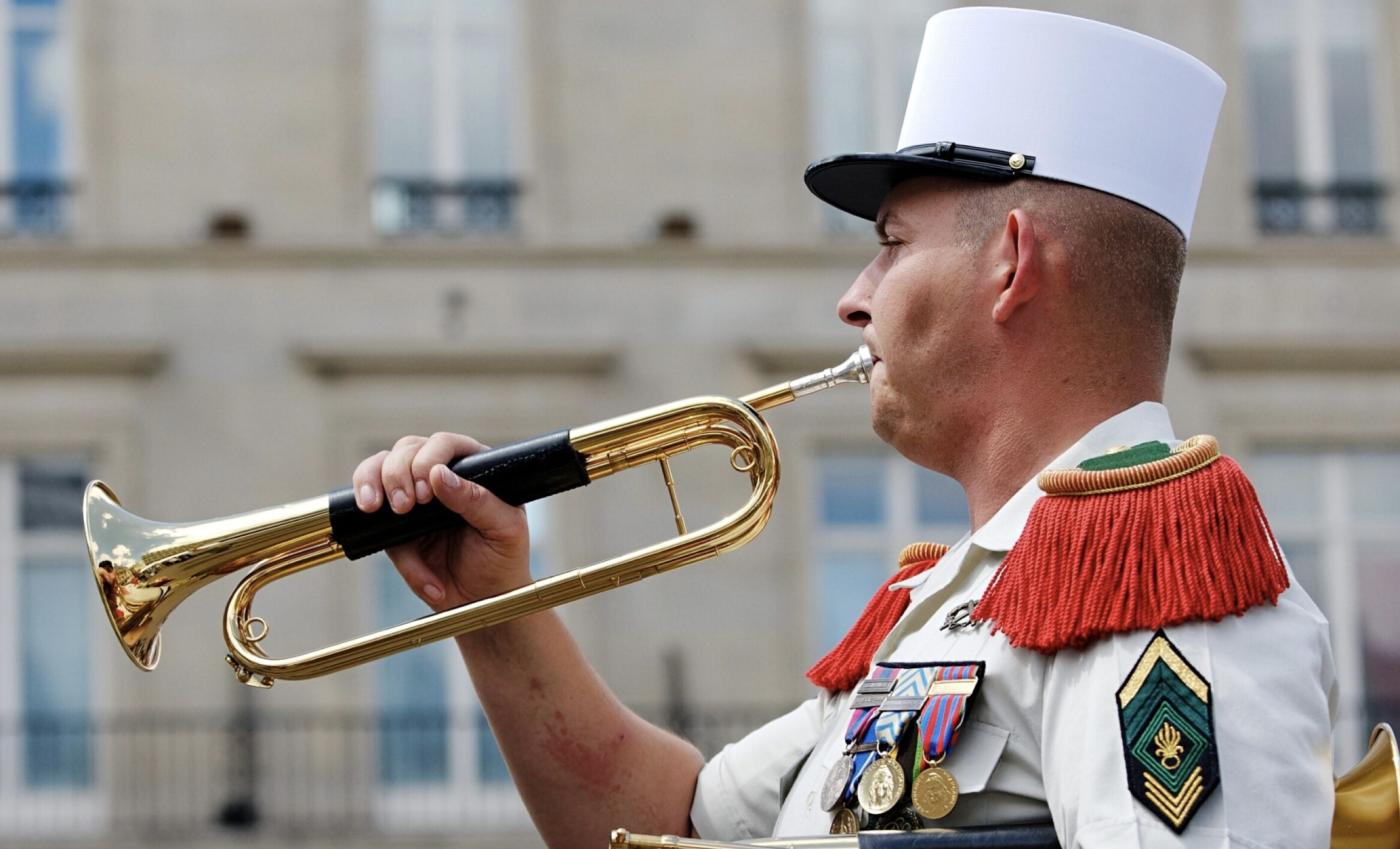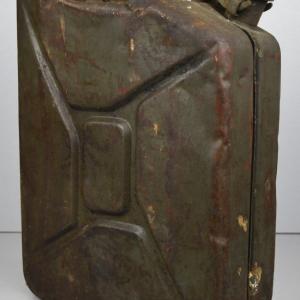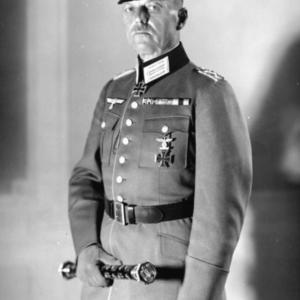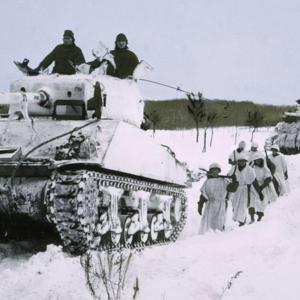
White Kepi Hat
The white kepi, or képi blanc, is one of the most iconic symbols of the French Foreign Legion. Instantly recognizable, it represents more than just military headwear—it carries with it a long history of tradition, identity, and adaptation. While the white kepi is now seen mostly in ceremonial contexts, it was originally born out of practical necessity, especially during the Legion’s early campaigns in the harsh deserts of North Africa.
The kepi itself has roots in 19th-century French military uniforms. Originally, kepis worn by soldiers were darker in color—typically blue or red. However, as the French Foreign Legion was deployed in Algeria, Morocco, and other sun-drenched regions, practicality began to influence uniform design. The white color of the kepi was found to be more suitable for hot climates. It reflected sunlight better than darker shades and helped reduce the amount of heat absorbed by the head. Over time, what began as a practical adaptation evolved into a core part of the Legion’s identity.
As the Legion found itself frequently operating in desert environments, particularly the vast and unforgiving Sahara, the standard kepi required further modification. Soldiers began attaching a white cotton cloth to the back of the kepi—a simple yet effective neck guard. This flap protected the neck and shoulders from sunburn and heat exposure, and was made from breathable fabric to allow airflow while still providing shade. This adaptation helped legionnaires endure long marches and guard duty under extreme sun, where temperatures could soar to unbearable levels.
Though the kepi served a practical purpose in the field, it quickly grew into something far more meaningful. Earning the right to wear the white kepi became a milestone for every legionnaire. It is not given at enlistment; it must be earned through the successful completion of basic training. For many recruits—often coming from difficult pasts or seeking a fresh start—the kepi symbolizes rebirth, discipline, and belonging. Despite the diversity of backgrounds and nationalities in the Legion, the white kepi unites all who wear it.
What makes the white kepi even more distinctive is the unwavering tradition of keeping it impeccably clean. Whether stationed in a desert outpost or on ceremonial parade in France, legionnaires are expected to maintain their kepis in pristine condition. This emphasis on cleanliness goes beyond simple uniform standards. It reflects the pride, discipline, and mental toughness expected of a legionnaire. Even in remote regions where water is scarce and sand clings to every surface, legionnaires would scrub, bleach, and iron their kepis. Failure to do so could result in disciplinary action, reinforcing the idea that even in chaos and hardship, order and pride must be maintained.
Today, the white kepi is mostly worn during formal events—parades, commemorations, and official ceremonies. In modern combat or field training, legionnaires use helmets or more practical headgear suited to the mission. Still, the kepi retains its revered status. It remains the outward symbol of a legionnaire’s identity and the inner values of the Legion: loyalty, strength, and perseverance.










